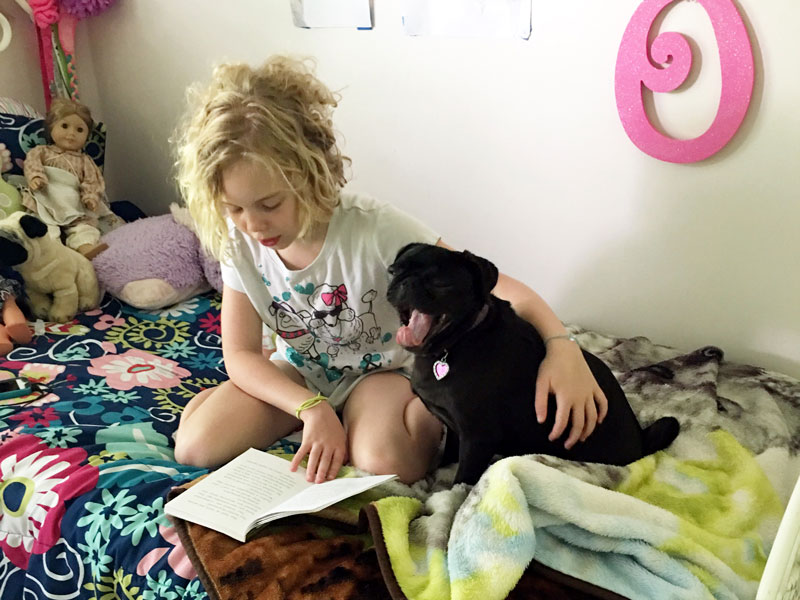
Last week I ruffled a few feathers (93 people unsubscribed, y’all) with the idea that teaching from rest isn’t a passive activity. Today, despite the danger to my email list, I am tackling what being faithful looks like. How can we be sure that we are doing our part for restful teaching?
In Teaching from Rest, Sarah Mackenzie calls us to be faithful each day and put the remainder of our homeschool mom struggles and worries into God’s hand — He will take care of the rest.
I love the peace that thought brings.
But what does being faithful even look like? How can we be sure that we are doing our part?
Here are four ways that we can be faithful to our homeschools.
Faithfulness starts with listening
So often homeschool moms tell me that their day doesn’t begin well if they do not start it with prayer. I have no argument with that. But what kind of prayer? Is it the kind that entreats only? Am I doing all the talking? Or am I taking time to listen to what God has to say to me in the practice.
Maybe He says it through Scripture study, maybe answers come in what I am reading for homeschool mom professional development, maybe He speaks to me through a mentor or friend — but making the time to do those things and really listen is where my faithfulness begins.
Faithfulness means planning
“But, Pam, nothing ever goes as planned. Things are always messing up my perfectly made homeschool plans.”
My response: let them. Let things mess up your plans. The purpose of planning is not to have perfect plans.
The purpose of planning is to have a vision of education to guide you, to reduce decision fatigue for you, to have materials at the ready for when you are called to act.
Because if you don’t plan, you have nothing — on the good days, on the bad days, any day. You have nothing to offer to be faithful.
President Dwight D. Eisenhower once said, “Plans are worthless, but planning is essential.” You never know what parts of your plans you will need or use on any given day, but there is a very good chance you will need some of them.
If you have nothing prepared, what do you have to offer?
Faithfulness is whole-hearted
This means faithfulness is not trying to do household chores, other work, or multi-tasking. This means not expecting a seven- or eight-year-old to be independent and self-starting. This means dying to self and honoring our school day.
This is hard because we have so many things pulling at our attention and often many of them are more immediate in need than educating our children. BUT if that goes on too long, we end up sacrificing the long-term good (an education for our kids) for the short term problem. While emergencies will regularly come up that cause us to temporarily change our focus, dirty floors, dog grooming, and the husband’s dry cleaning are not emergencies and should be handled accordingly.
Faithfulness shows up
If faithfulness had a mantra it would be “Here I am” or maybe “I am ready.” We can’t expect God to do the hard work of using us to educate our children well if we do not show up to get the job done.
Am I ready each morning? Have I called my children to the couch or table? Are we ready to begin?
Consistency is the lynchpin of faithfulness. There is no way to be faithful without it. And if consistency is where you struggle, then it is time to do something about it.
For more tools like this and help with consistency in your homeschool, check out the Homeschool Consistency Bootcamp.
- How to Transform Math Lessons without Changing your Curriculum with Denise Gaskins - April 26, 2024
- Homeschooling Boys with Durenda Wilson - April 12, 2024
- What About Lab Sciences? with Dr. Moon - March 29, 2024
